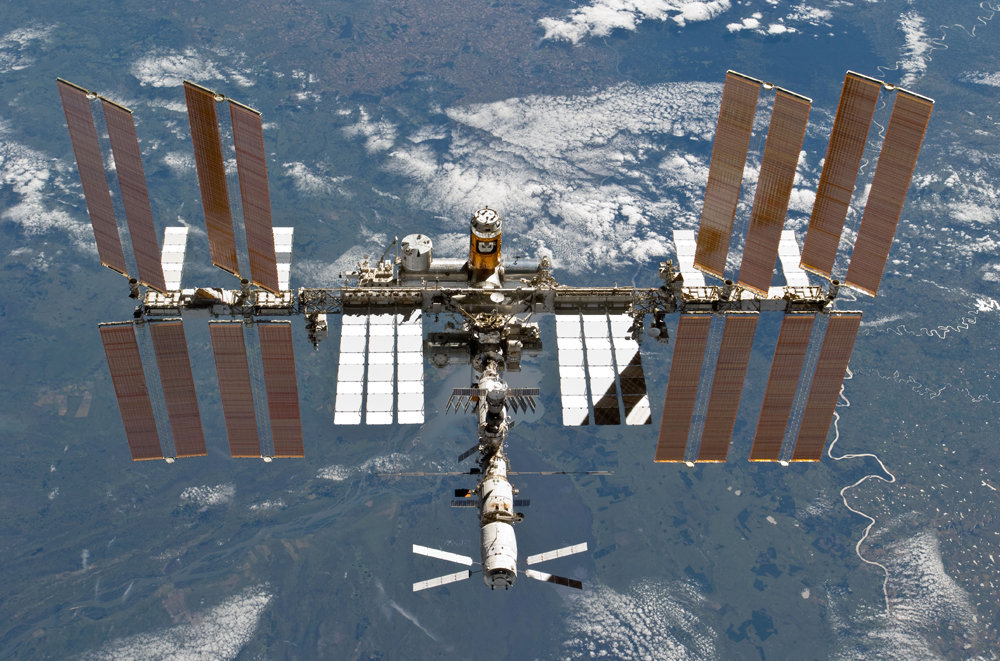

NASA is confronted with significant budget reductions that could severely impede scientific advancement. Indeed, the budget proposal for 2026 suggests a funding decrease for NASA by around 24% and aims to cut nearly 50% of its science financial allocation. Such reductions may postpone, diminish, or even halt future space missions. Consequently, U.S. leadership in space exploration is encountering considerable obstacles.
The substantial costs associated with missions stem from several factors: highly specialized engineering, stringent environmental and reliability standards, extended lead-times, launch costs, human-rated safety measures, and the necessity to function in remote or extreme conditions. In essence: Ambitious goals require substantial financial investment.